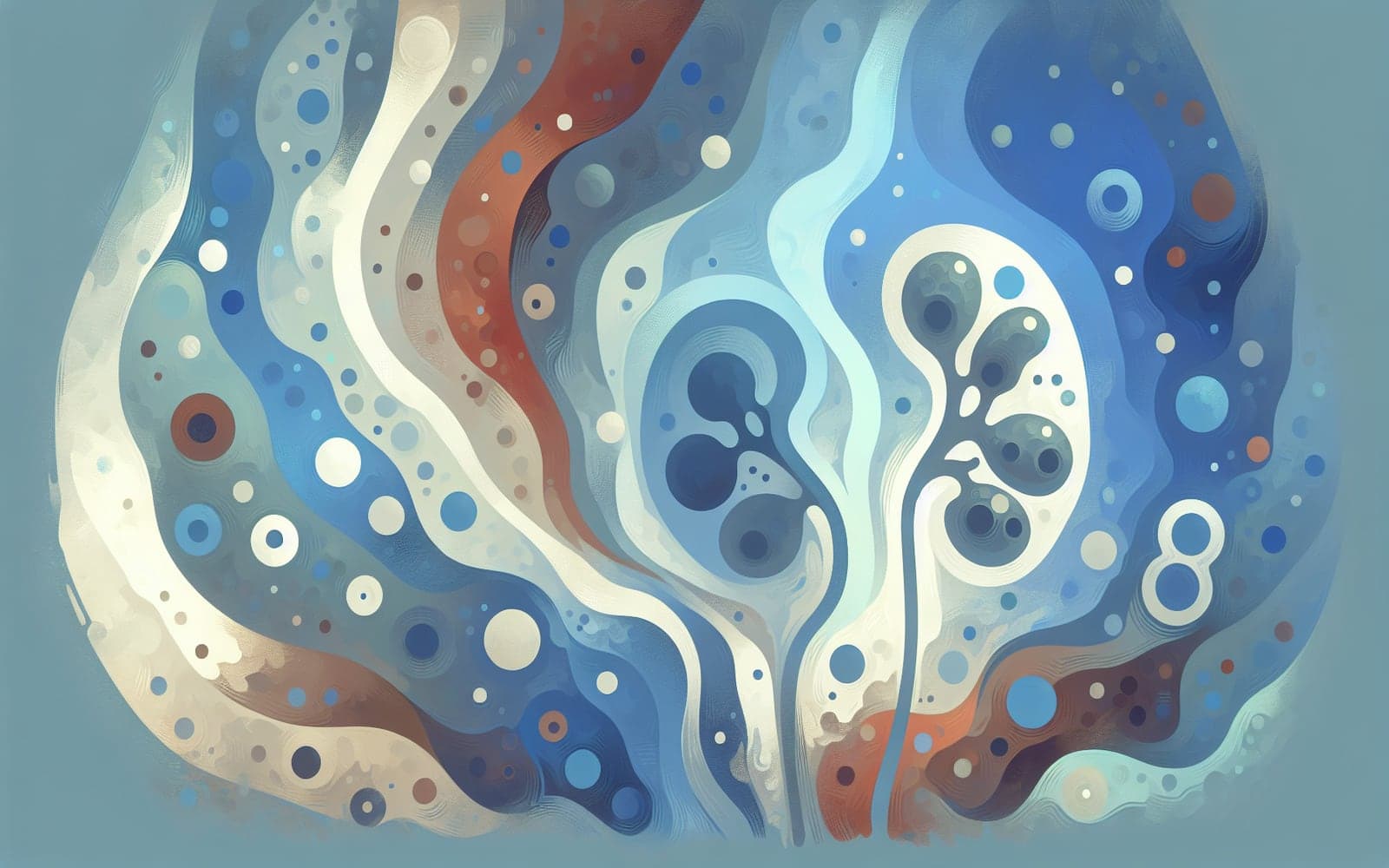Uric Acid Kidney Stones: What You Need to Know
Published: Dec 24, 2023
Uric acid kidney stones are a common problem, especially in hot climates. Learn what causes these painful stones and how you can prevent them.
Contents
What Are Uric Acid Stones?
Uric acid stones are hard deposits that form in the kidneys when there's too much uric acid in the urine. This is more common in places with hot, dry climates where people tend to have low urine volume and acidic urine. These stones can cause severe pain and other issues if not treated.
Who Is at Risk?
Certain conditions like gout, chronic diarrhea, and diabetes increase the risk of uric acid stones. People with gout may form stones due to consistently acidic urine. Those with chronic diarrhea often have low urine volume and acidic urine, leading to stone formation.

Diagnosing Uric Acid Stones
Doctors usually diagnose uric acid stones using a CT scan, which can detect stones without contrast. Plain X-rays aren't helpful because uric acid stones are invisible on them. Sometimes, chemical analysis of passed stones is needed for a precise diagnosis.
Frequently Asked Questions
They form due to high uric acid levels and acidic urine.
People with gout, chronic diarrhea, and diabetes are at higher risk.
CT scans are the best way to detect uric acid stones.
No, uric acid stones are not visible on X-rays.
Key Takeaways
Understanding the causes and risk factors of uric acid stones is crucial for prevention and treatment.
Talk with Doctronic to learn more about managing your risk for uric acid stones.Related Articles
References
Coe FL. Uric acid and calcium oxalate nephrolithiasis. Kidney Int 1983; 24:392.
Perez-Ruiz F, Hernando I, Herrero-Beites AM. Uricosuric therapy. In: Crystal-Induced Arthropathies, Wortmann RL, Schumacher HR Jr, Becker MA, Ryan LM (Eds), Taylor & Francis Group, New York 2006. p.369.
Always discuss health information with your healthcare provider.

